Trigkey S7 Pro Mini PC Review: Perfect for VMware ESXi and Proxmox Home Lab
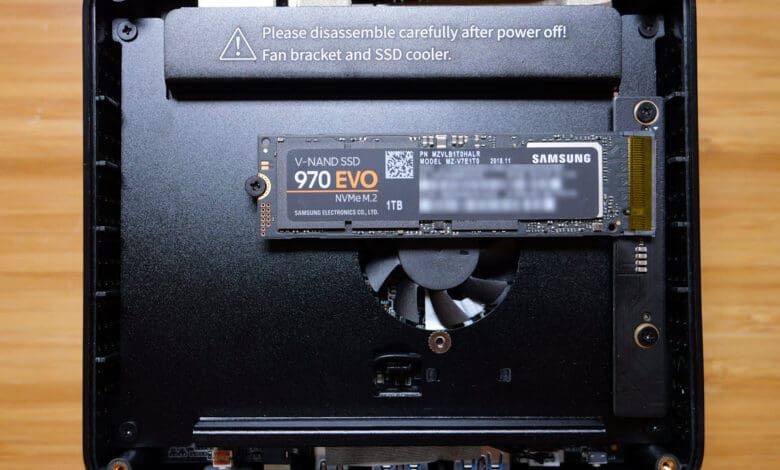
I recently received the Trigkey S7 with the AMD Ryzen 7 7840HS processor. This little mini PC is a powerful little mini PC that packs a punch and is capable of a lot of performance in a tiny package. In this review, we will look at the Trigkey S7 Pro mini PC review from the standpoint of a home lab server for VMware ESXi or Proxmox and see what possibilities in holds in store for home lab enthusiasts.
Table of contents
Intel network adapter
I was actually really surprised at the fact that when I booted this little mini PC for the first time, it was sporting an Intel I226-V network controller. Most of the AMD-equipped mini PCs go with the Realtek network adapters, as these are the cheapest controllers that can be fit inside these little mini PC packages.
However, that is not the case with the Trigkey S7 unit that was sent over from Trigkey.
- Disclaimer – I have been sent sample units of mini PCs prior that come with one type of network controller and then the production units are outfitted with something totally different.
Below, is a screenshot of the factory-installed Windows 11 network adapter properties. So, as you guys know, this will mean we can use the S7 for installing VMware ESXi on this little unit, in addition to Linux hypervisors.
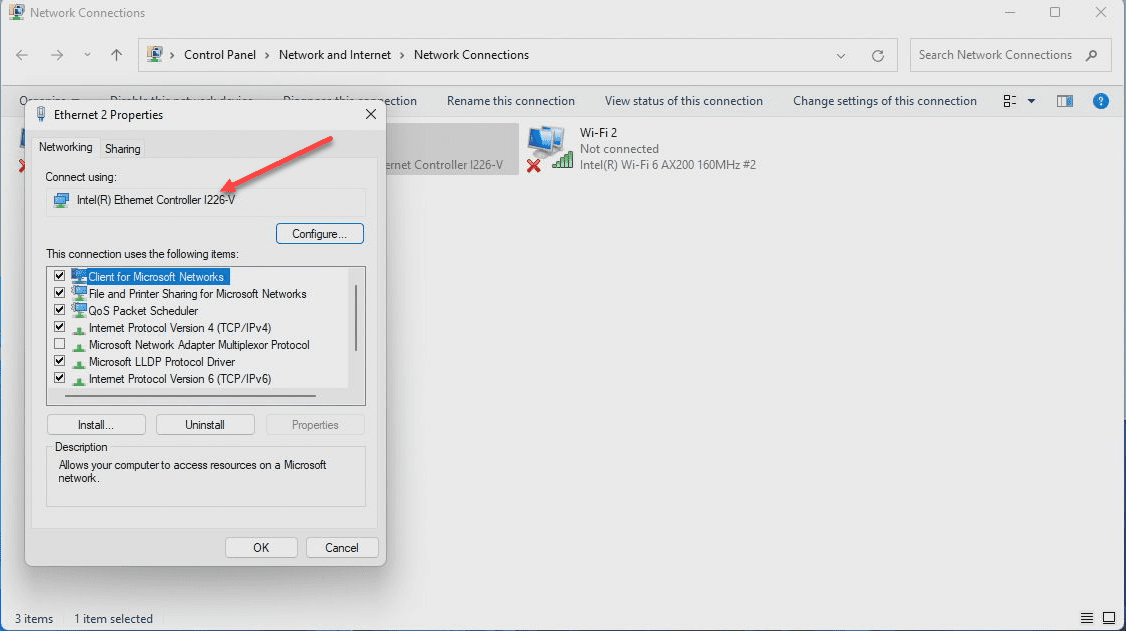
Trigkey S7 Pro Specs
Based on the provided information, here are the concrete specifications for the Trigkey S7 Pro:
- Processor:
- Type: Ryzen 7 7840HS
- Architecture: Zen 3+
- Cores/Threads: 8 Cores, 16 Threads
- Max Speed: Up to 5.1GHz
- Graphics:
- Type: 12-Core UHD Graphics
- Memory Speed: 2700MHz
- Supports Triple Display: HDMI+DP+Type-C
- Resolution Support: 4K@120Hz/144Hz
- Wireless Connectivity:
- Wi-Fi 6 with a maximum speed of 2400Mbps
- Bluetooth 5.2
- Operating System:
- Comes with Windows 11 Pro operating system
- Supports WOS, Ubuntu, and other systems
- Storage:
- Supports 2.5-inch SSD or HDD (up to 2TB) expansion or NVMe with M.2 connector
- Ports:
- DC Jack x1
- USB 3.2 x2
- USB 2.0 x2
- RJ45 2.5G x1
- HDMI x1
- Audio Jack (HP&MIC) x1
- Type-C x1
- Additional Features:
- Supports Wake On Lan and Wake On Power
- Designed for a variety of uses, including design work (PS, PR, CAD), and gaming (GTA 5, Fall Guys, PUBG)
- Humanized design for increased productivity and ease of use
- Offers one-year warranty, 7×24 hours of one-to-one customer service, and lifetime technical support
Ryzen 7 7840HS Processor
The Ryzen 7 7840HS Processor is a high-performance model of the Ryzen 7. This model of the CPU is a laptop class processor with the following:
- Socket FP7 FP7r2 FP8
- Clockspeed: 3.8 GHz
- Turbo speed: 5.1 GHz
- Cores: 8
- Threads: 16
- TDP Down: 35W
- TDP Typical: 54W
- Cache per CPU package
- L1 Instruction Cache: 8 x 32 KB
- L1 Data Cache: 8 x 32 KB
- L2 Cache: 8 x 1024 KB
- L3 Cache: 16 MB
- First seen on the CPU benchmark charts in Q1 2023
You can view these stats and current benchmarks here:
Trigkey S7 Pro BIOS
I like the BIOS configuration on the Trigkey S7 Pro as it is a traditional BIOS configuration that most are used to. I am honestly not a fan of more modern “wizardized” BIOS configuration screens like we see on the Minisforum MS-01 mini PC.
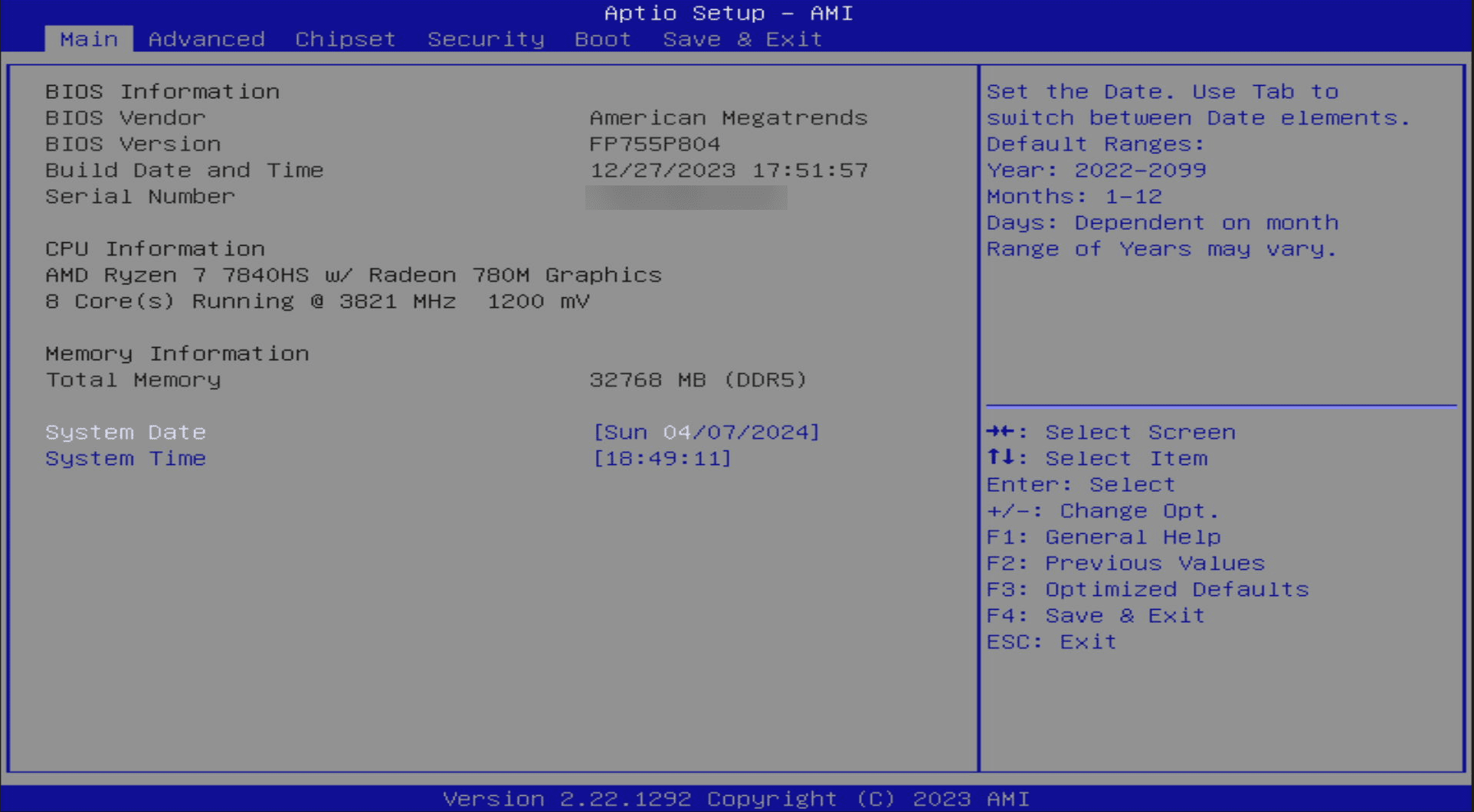
The advanced configuration BIOS screen.
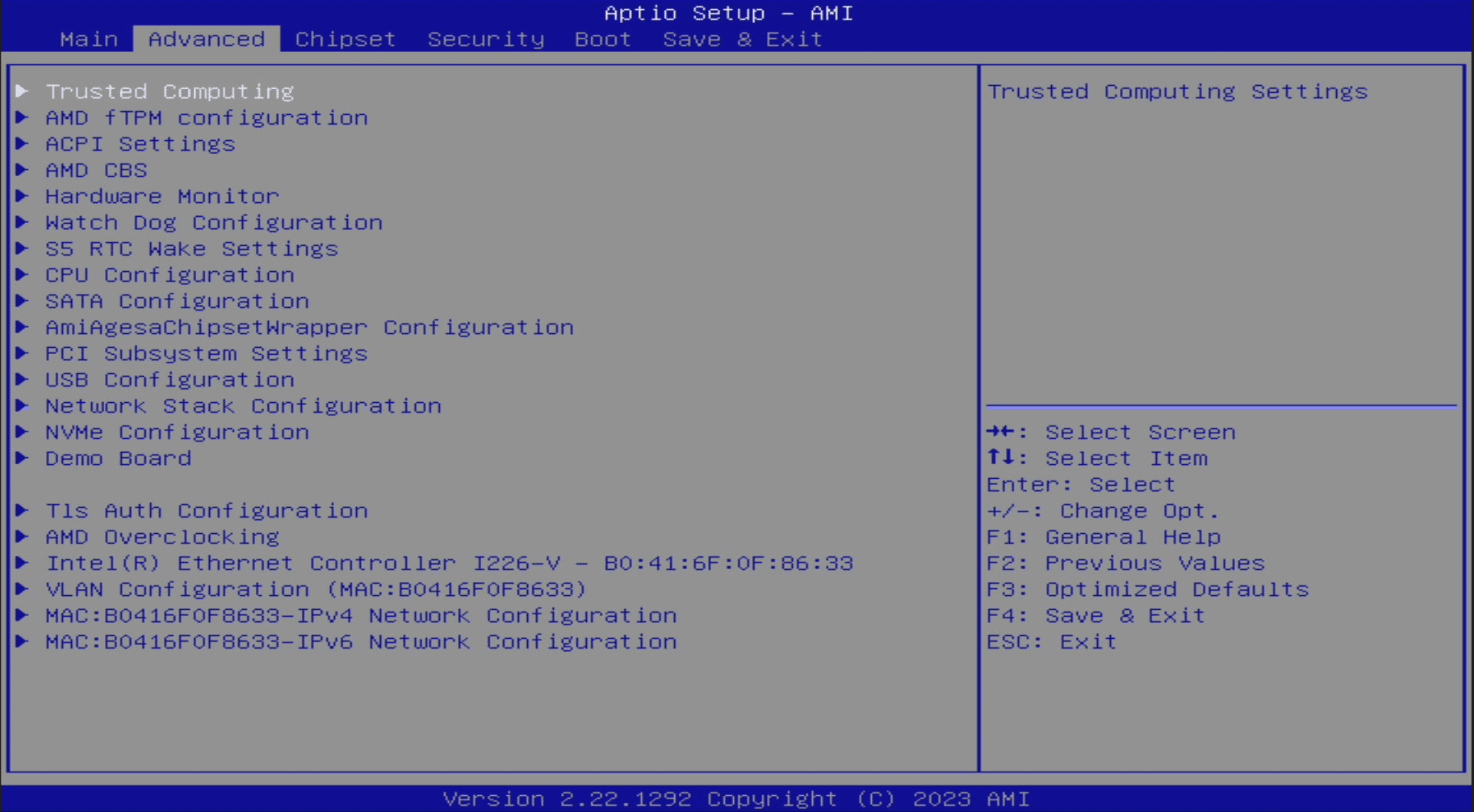
Windows 11 preinstalled
The unit that was sent to me, like many of these little mini PCs is preinstalled with Windows 11 Pro. Windows 11 Pro is desirable from many standpoints, including the fact that you can use it to run Hyper-V. if you wanted this little mini PC to be your daily driver and also second as a home lab server, you could certainly do that with Windows 11 Pro.
The preinstalled Windows 11 on the S7 I have came with Windows 11 21H2 which is not the latest. You will want to throw on there 22H2 and note that 24H2 will officially be out before long.
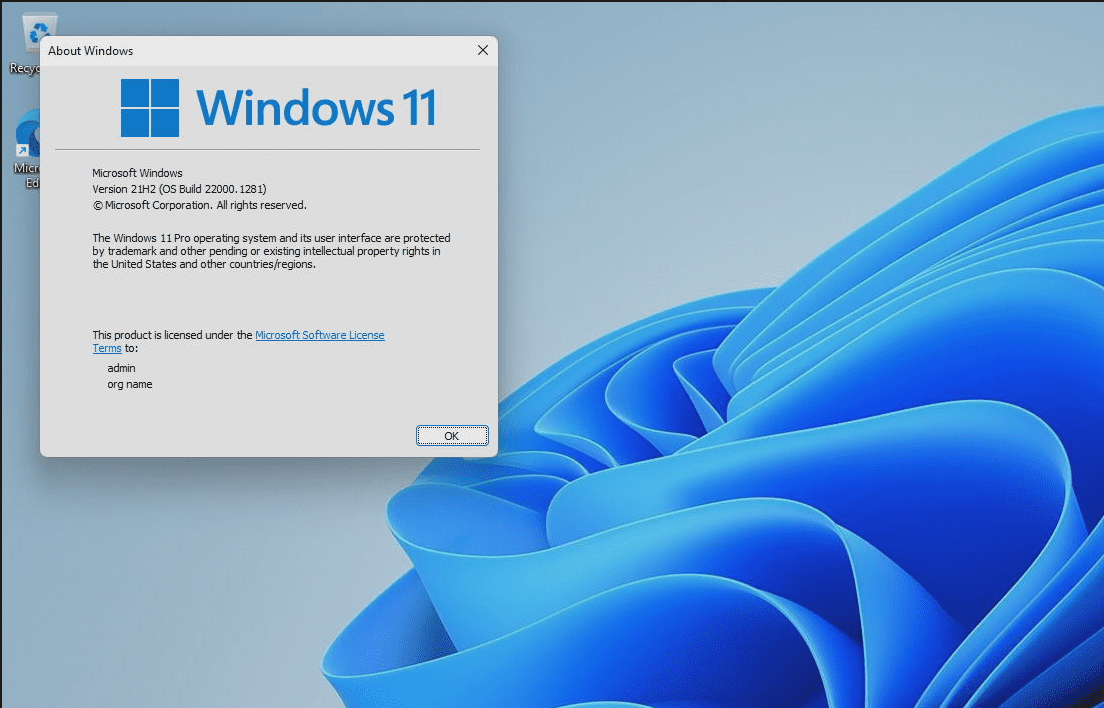
Unboxing the Trigkey S7
Let me take you guys through an unboxing of the Trigkey S7 Mini PC. Here is a shot of the S7 Pro still in the box, as I received it from Trigkey.
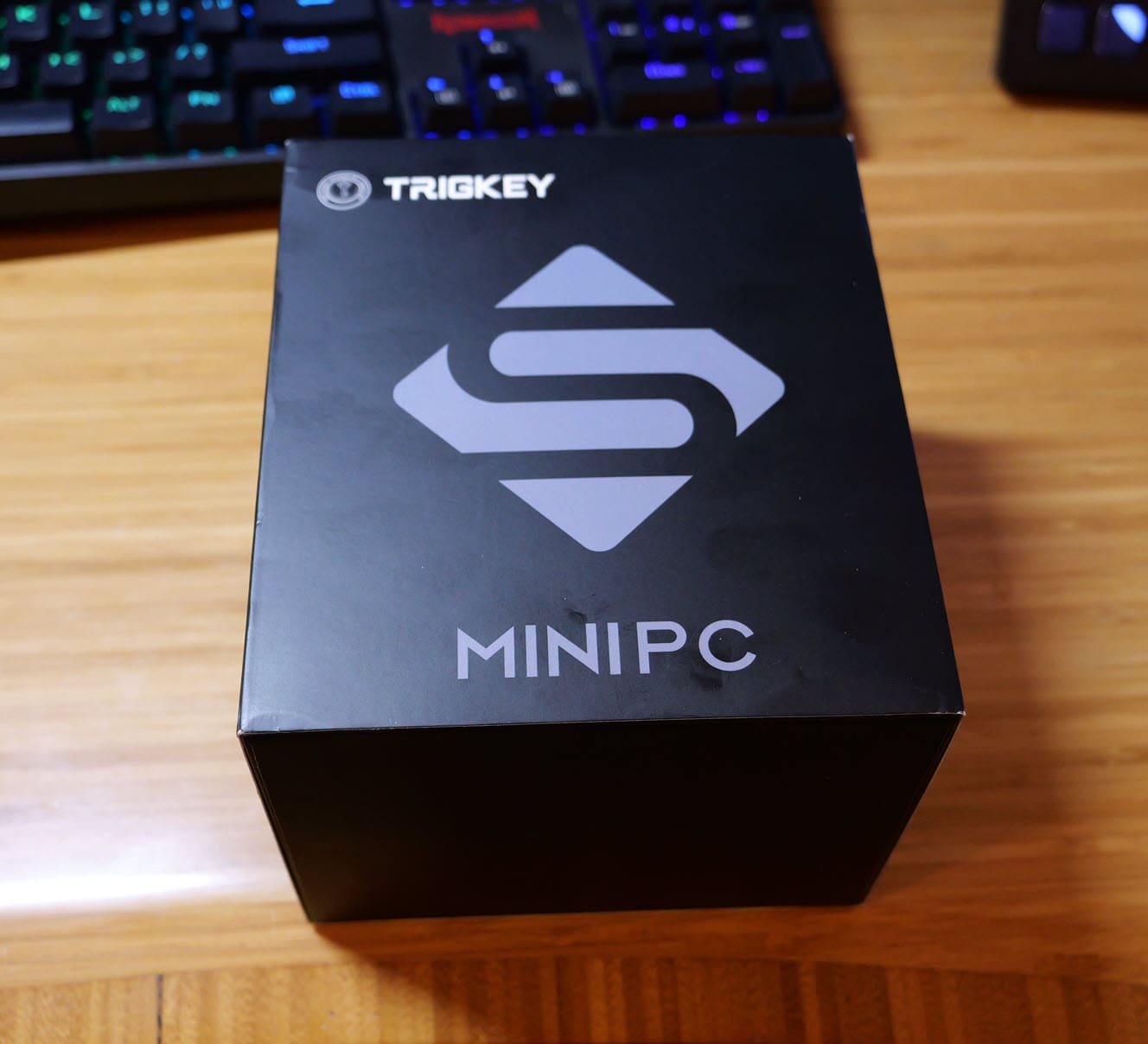
Removing the top cover of the box reveals the user manual and packaging.
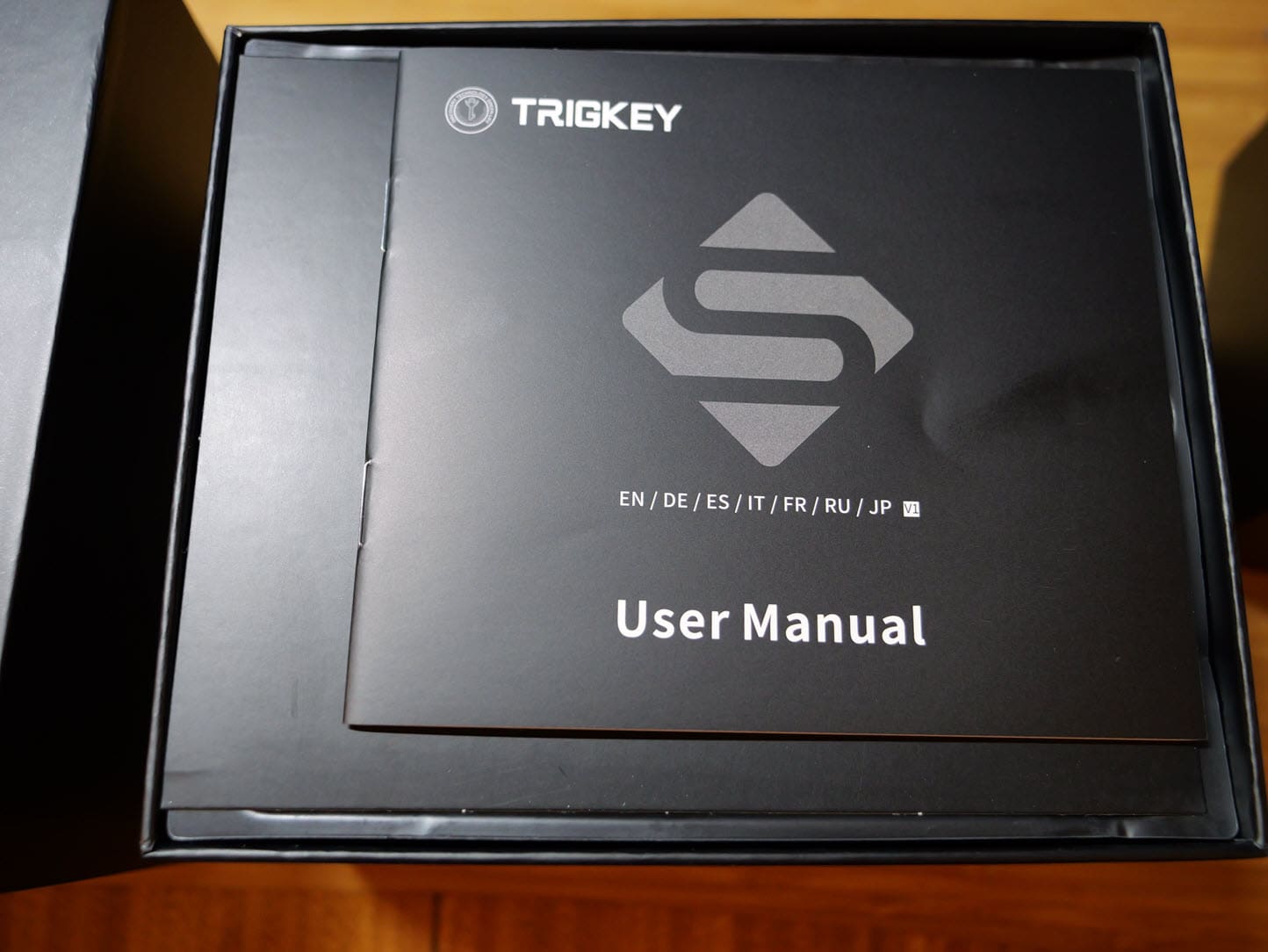
After removing the inner packaging, we see the S7 Pro wrapped in the standard “mini PC” wrap.
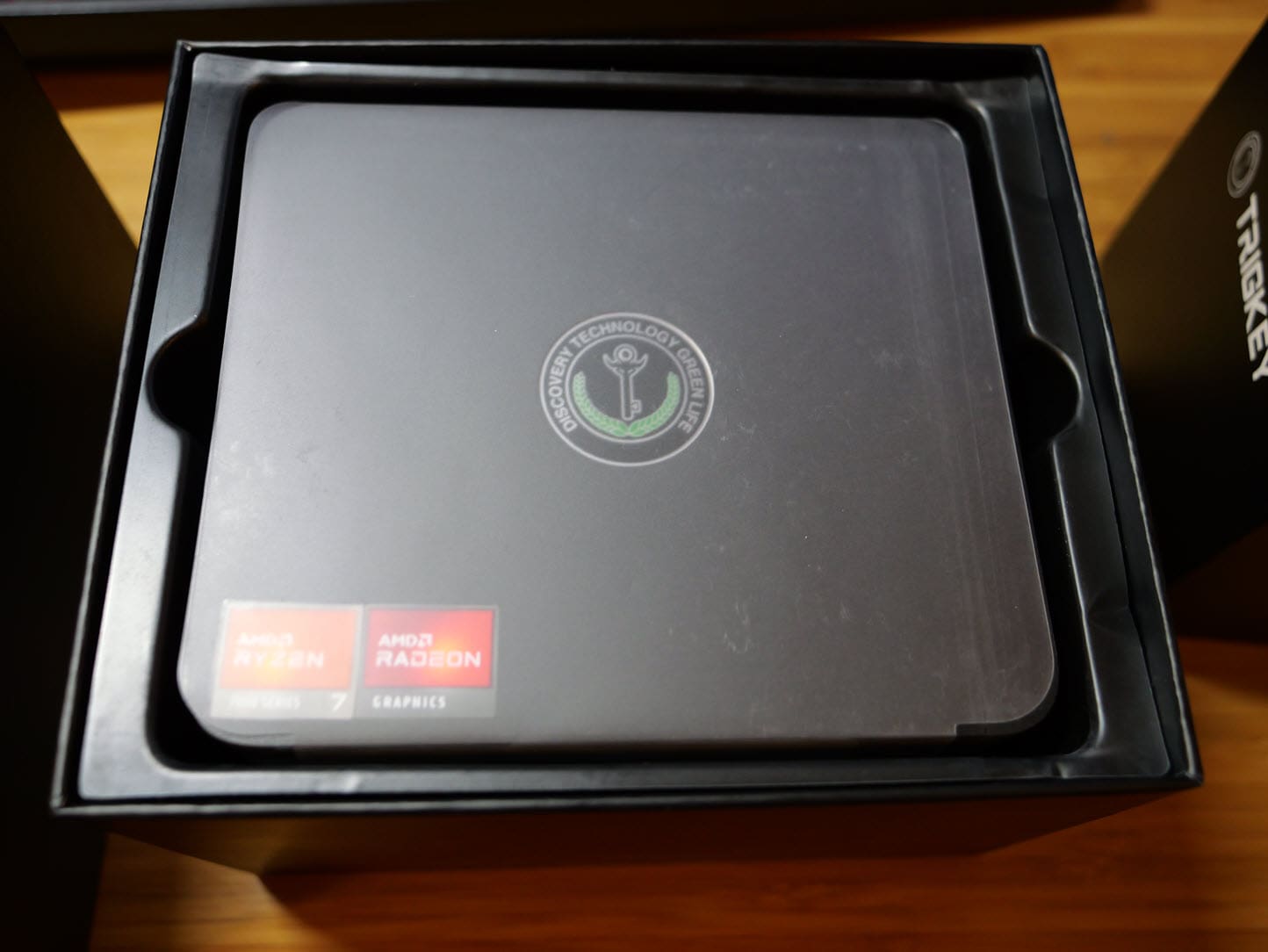
The outside of the S7 Pro. I like the fit and finish of the unit. I must say it has a striking resemblance to the Beelink mini PCs I have reviewed previously.
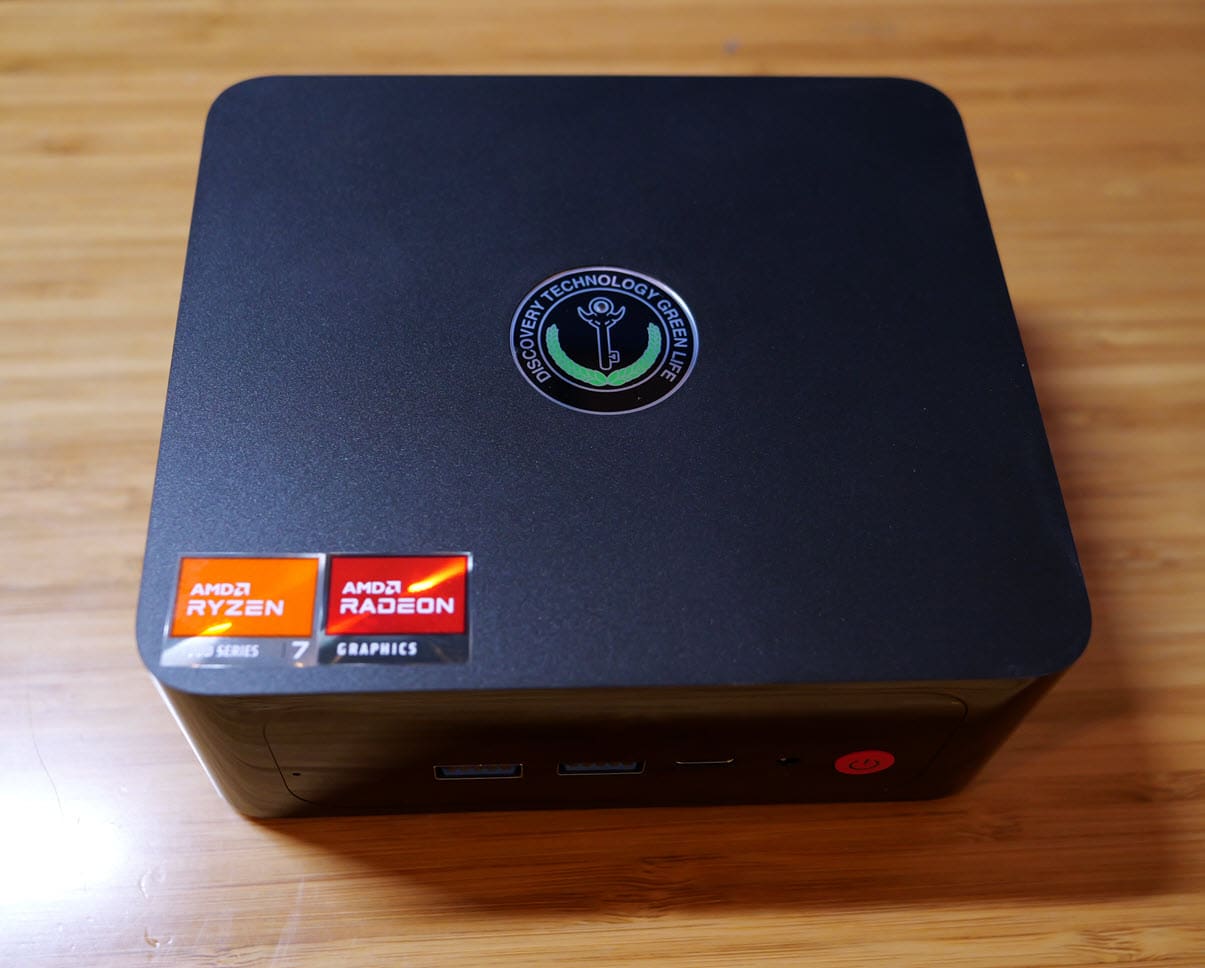
Around back, we can see the Intel I-226V 2.5 GbE port, a USB-C port, USB-A port, Display port, and HDMI port, along with the barrel power adapter jack.
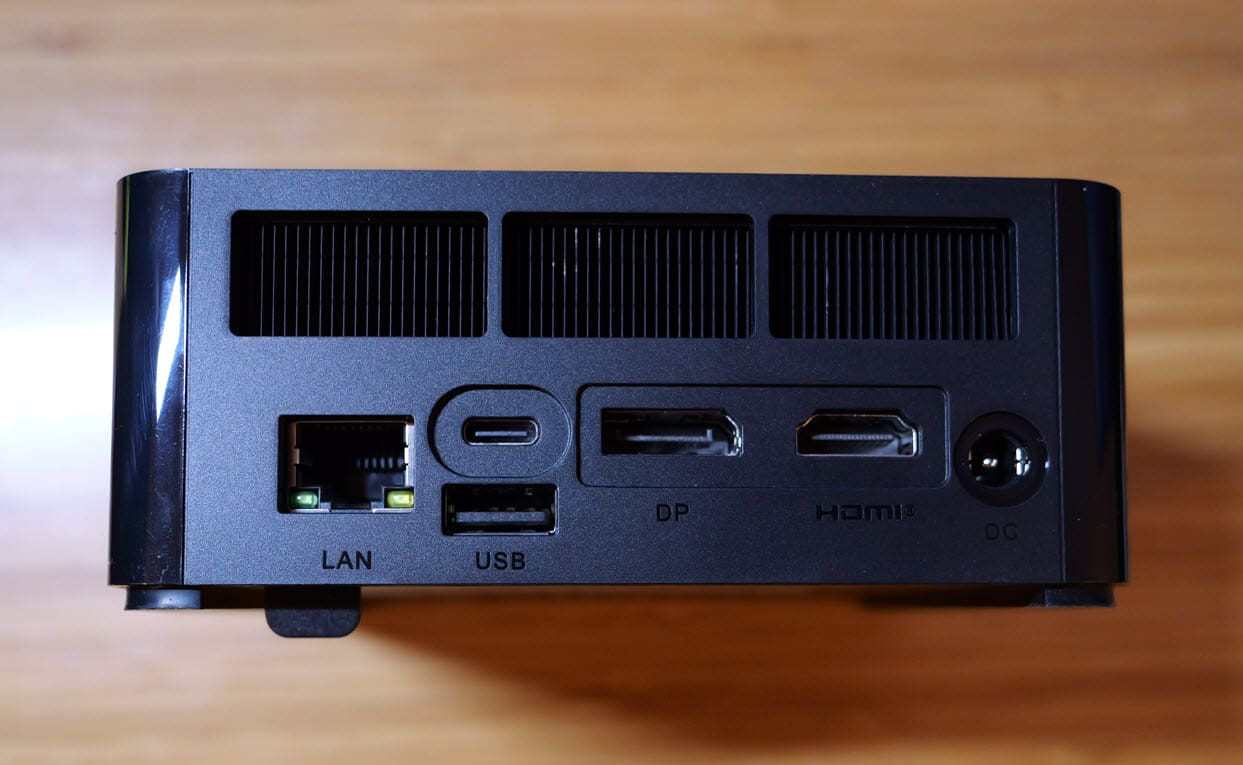
In the front, we see the clear CMOS button, (2) USB-A ports, another USB-C port, a headphone jack and the power button.
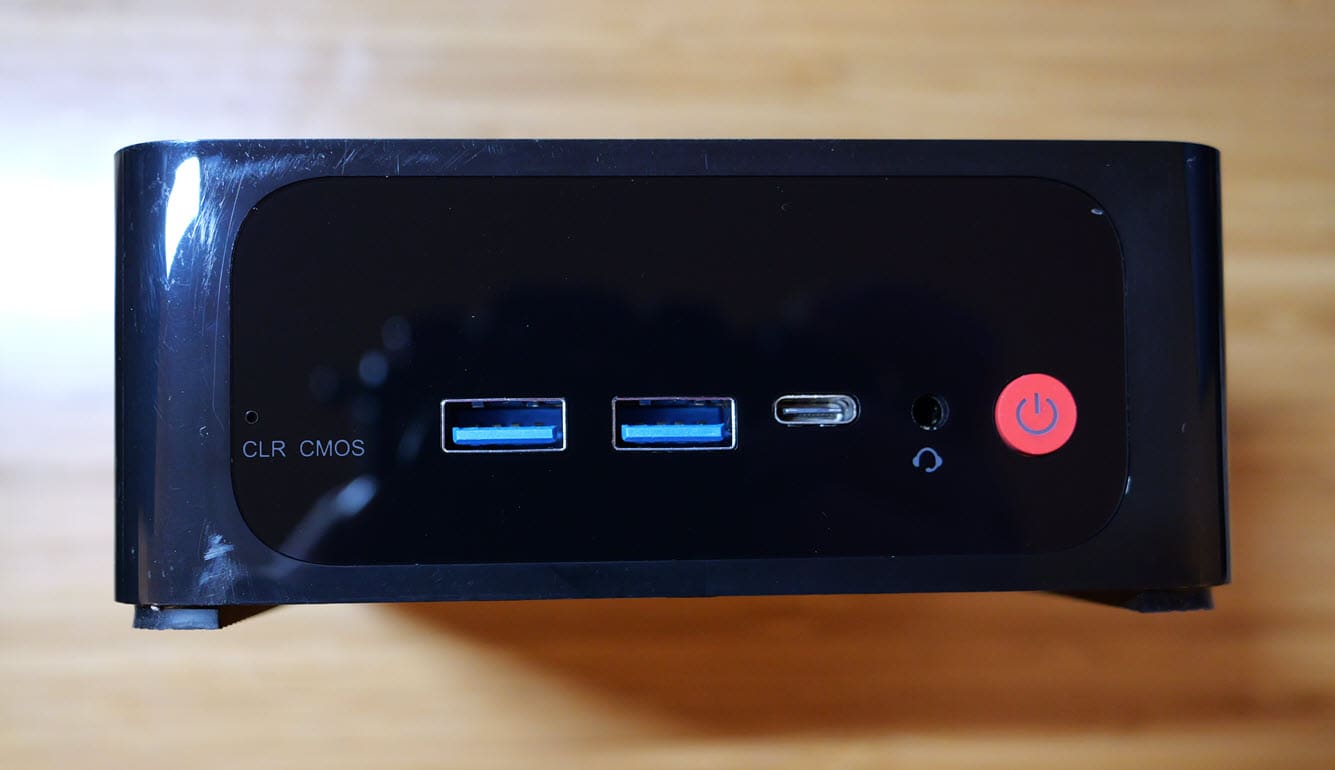
Underneath, we have the plate with the model and other information stamped on the sticker. We can see the vent holes on the underneath side as well. Like the Beelinks I have reviewed, these have the (4) screws in each corner to remove the under plate.
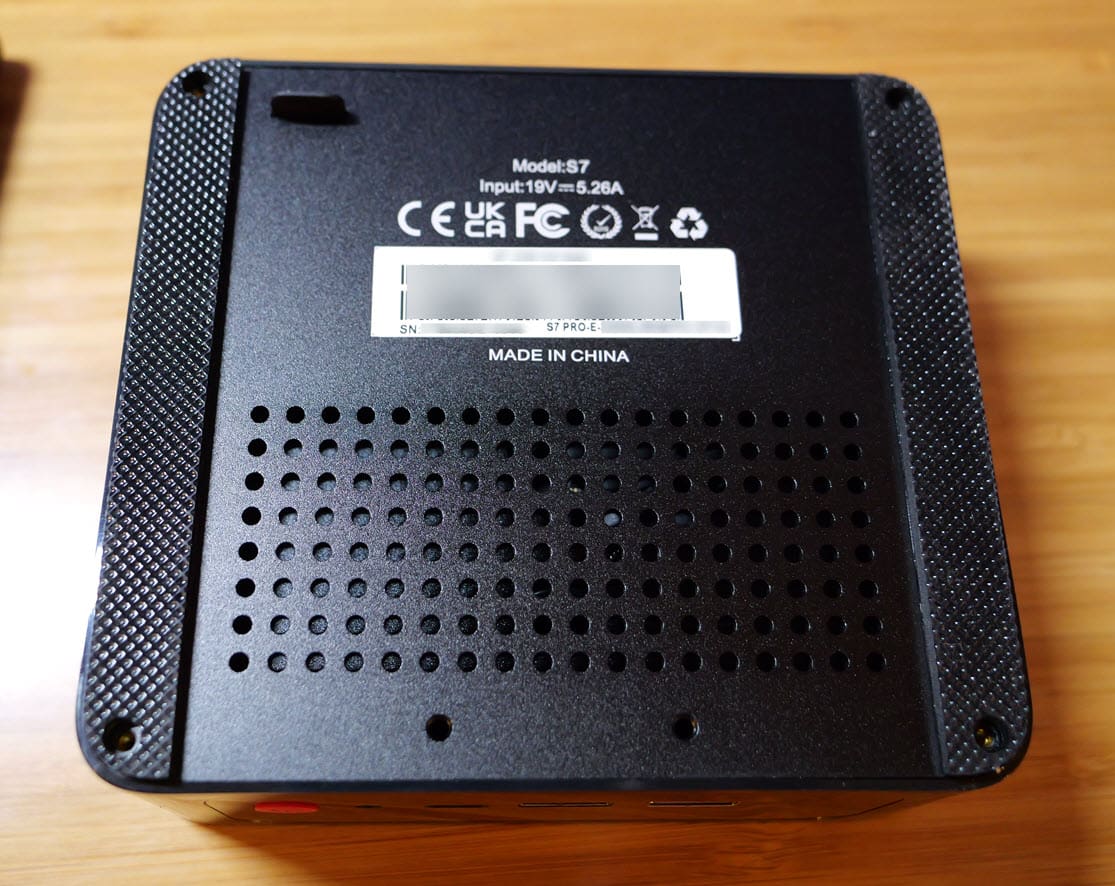
After removing the under plate you can see the SSD compartment. Interestingly with the S7 Pro, the compartment is the size of a 2.5 inch standard SSD. However, as you can see the port connector is setup for an M.2 slot. I am not sure if there is an option for ordering this with the standard SSD connectors. Hopefully this will become more clear in their documentation.
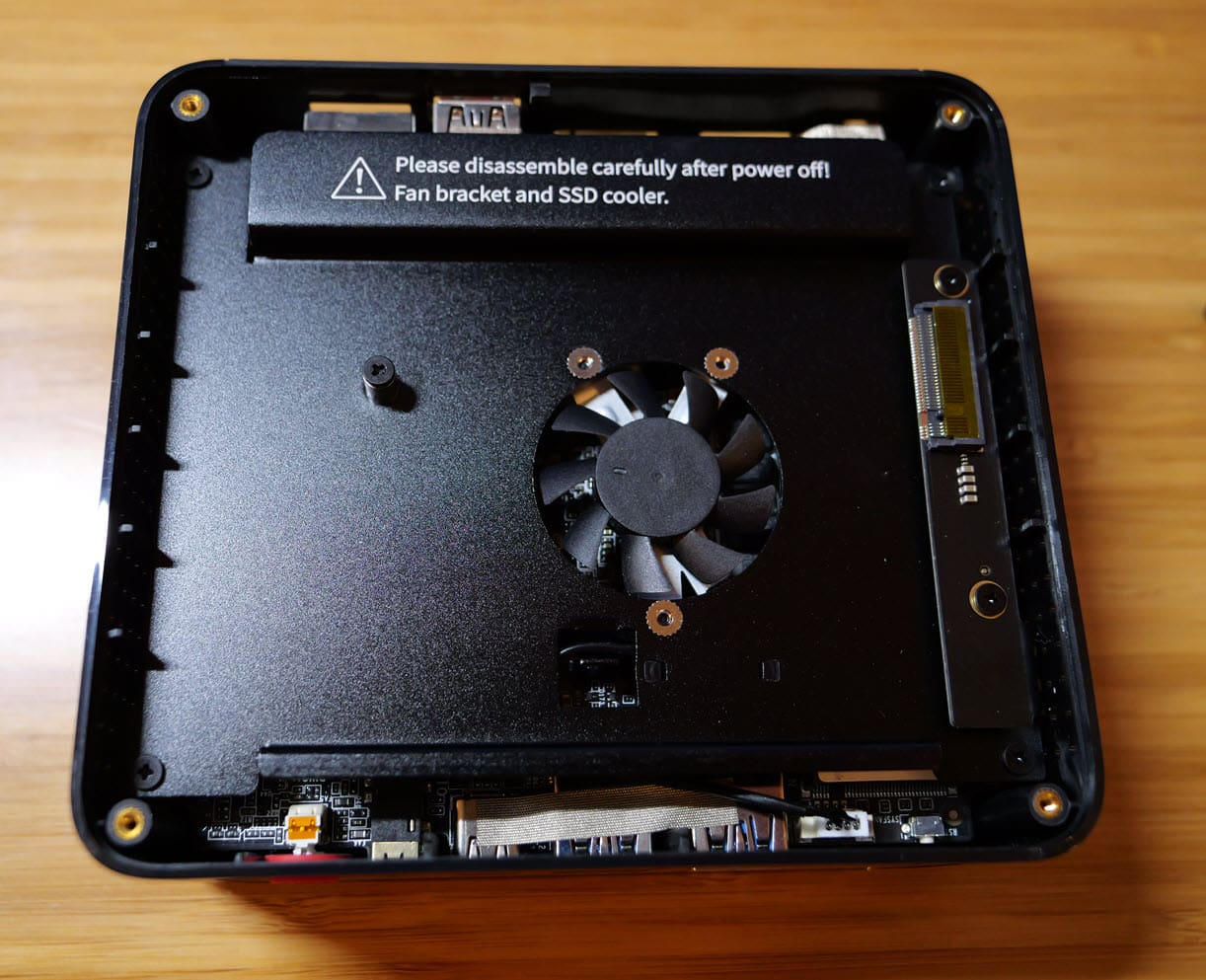
After removing another (4) screws for the fan shroud and (2) screws for the port connector, you can set the fan shroud aside. Be careful as there are still connectors connected to the fan, which you can disconnect or leave connected as I have done in the photo.
Here we can see the (2) DDR4 5600 SODIMM modules. With this configuration, you are limited to 64 GB of RAM memory in dual channel configuration.
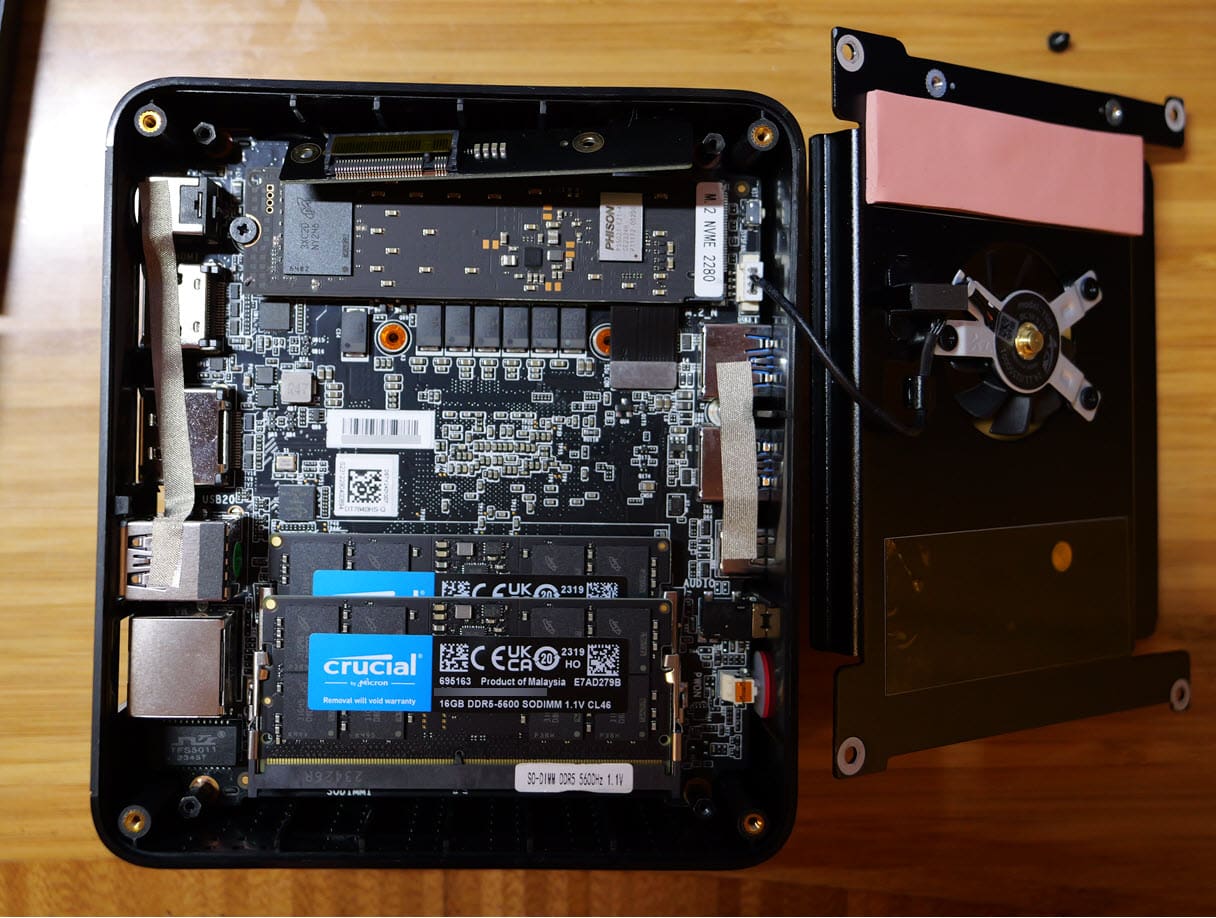
Below, is a pic of the S7 Pro along with the included cables, including the power adapter to get a feel for the size comparison.
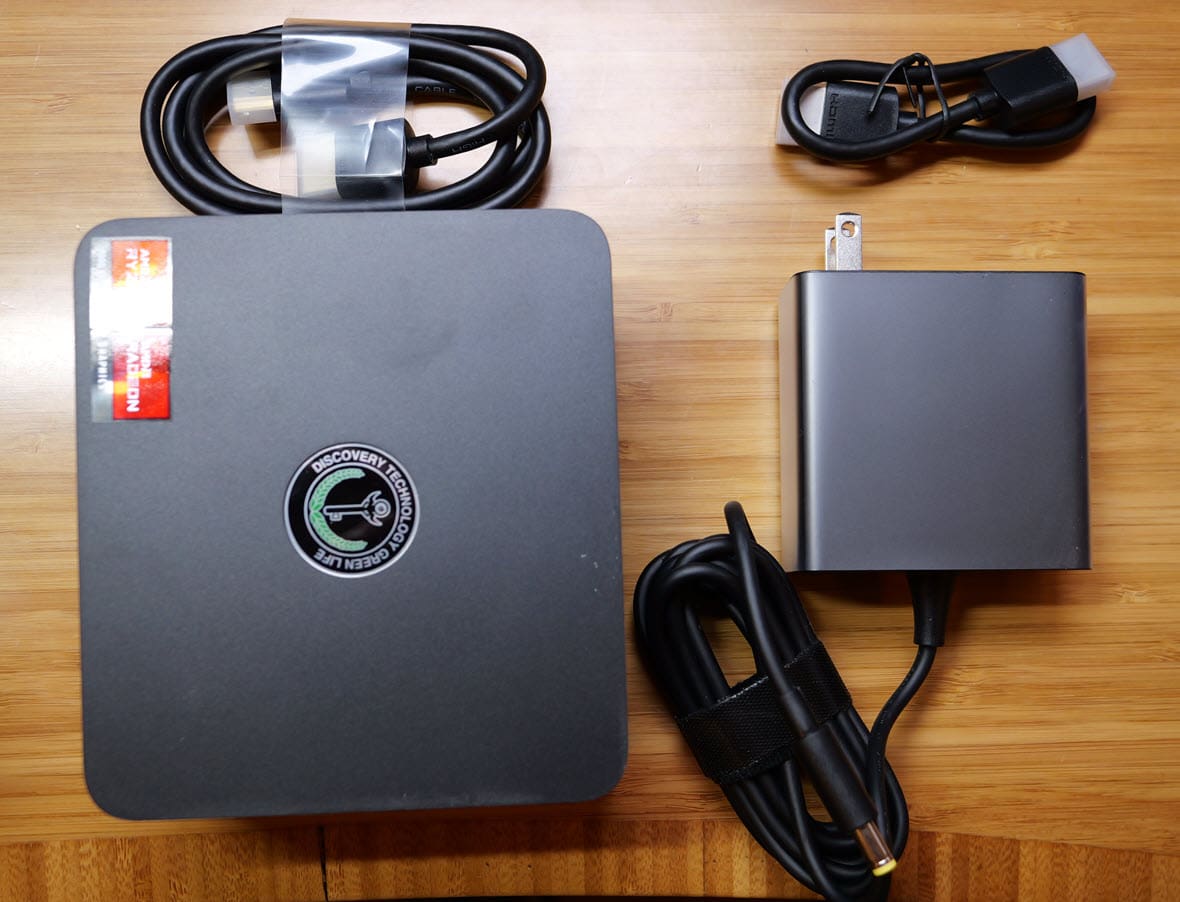
For testing hypervisors in the home lab, I have installed a Samsung EVO 970 I have on the workbench.
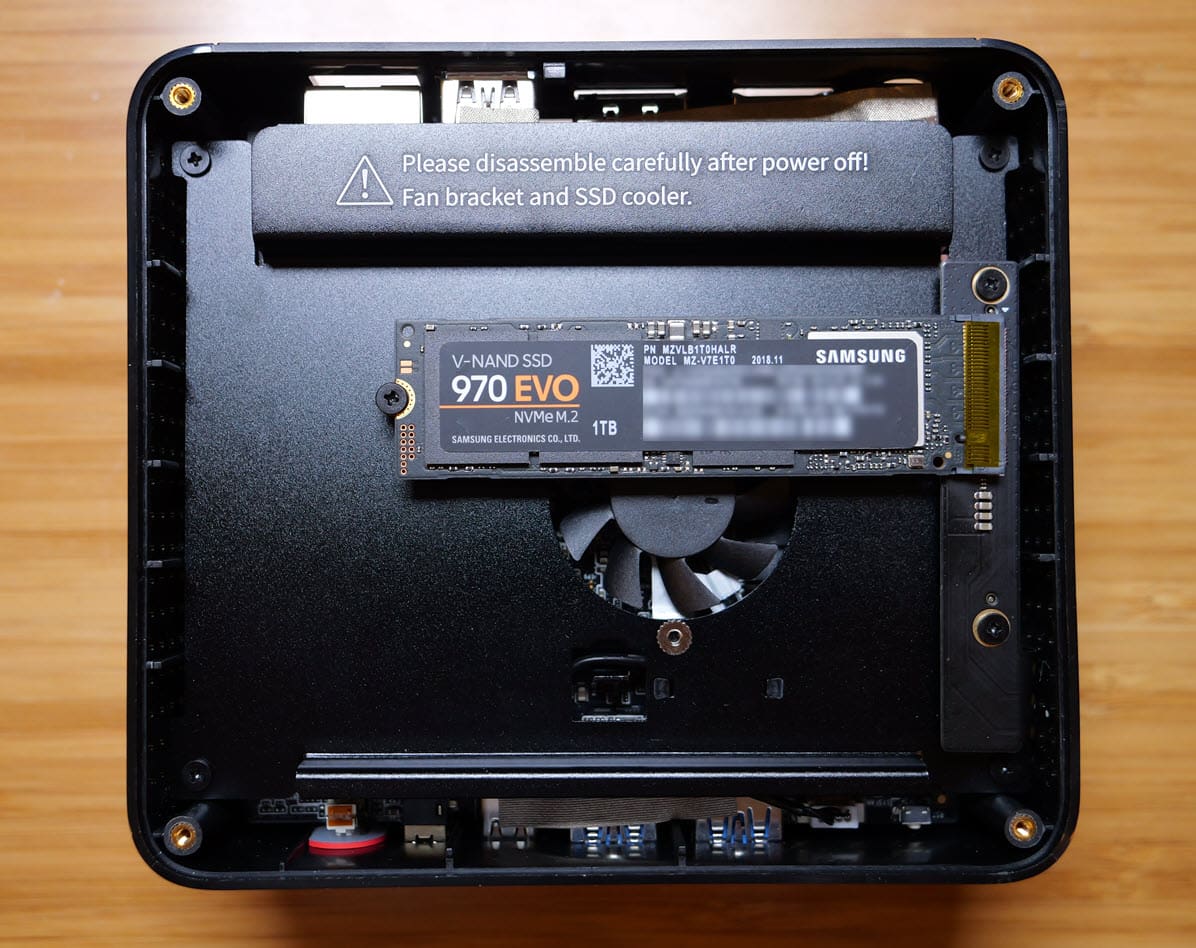
Loading VMware ESXi on the Trigkey S7 Pro
The installation of VMware ESXi on the Trigkey S7 Pro is straightforward with no issues. The two main hardware components of the Trigkey S7 Pro that makes it a great little mini PC for VMware ESXi are:
- The balanced AMD Ryzen 7 7840HS – AMD CPUs do not use the “big little” CPU architecture of consumer Intel CPUs
- The Intel I-226V network controller as an Intel device is supported by VMware

Below, logged into the VMware ESXi host client running on the Trigkey S7 Pro. You can see the CPU information correctly shows the AMD Ryzen 7 7840HS w/ Radeon 780M Graphics and 16 logical processors with 8 cores per socket.
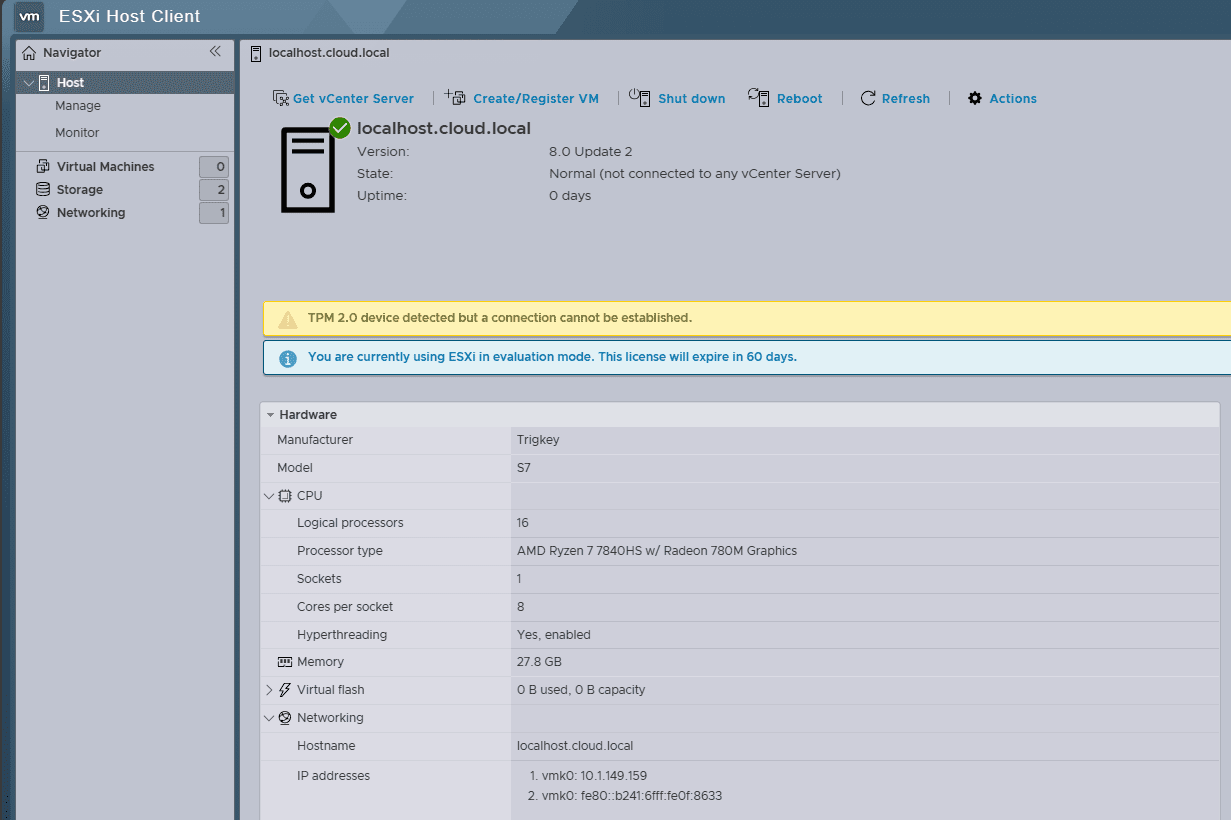
Loading Proxmox on the Trigkey S7 Pro
Proxmox is easily installed on the Trigkey S7 Pro. There are no surprises with the install, drivers, etc, are all recognized as expected.
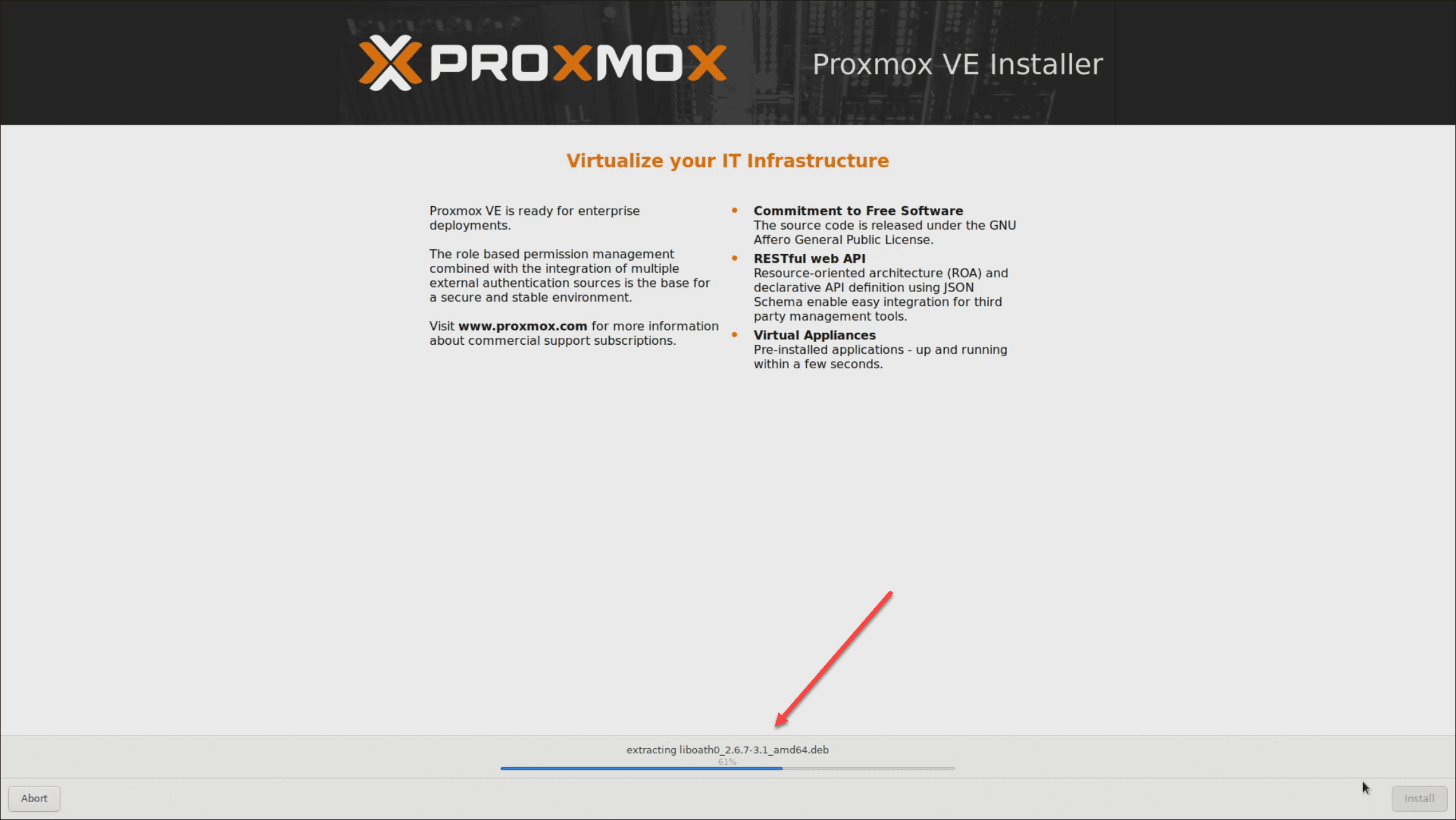
Logged into the Proxmox web interface. You can see the 16 x AMD Ryzen 7 7840HS w/ Radeon 780M Graphics (1 Socket).
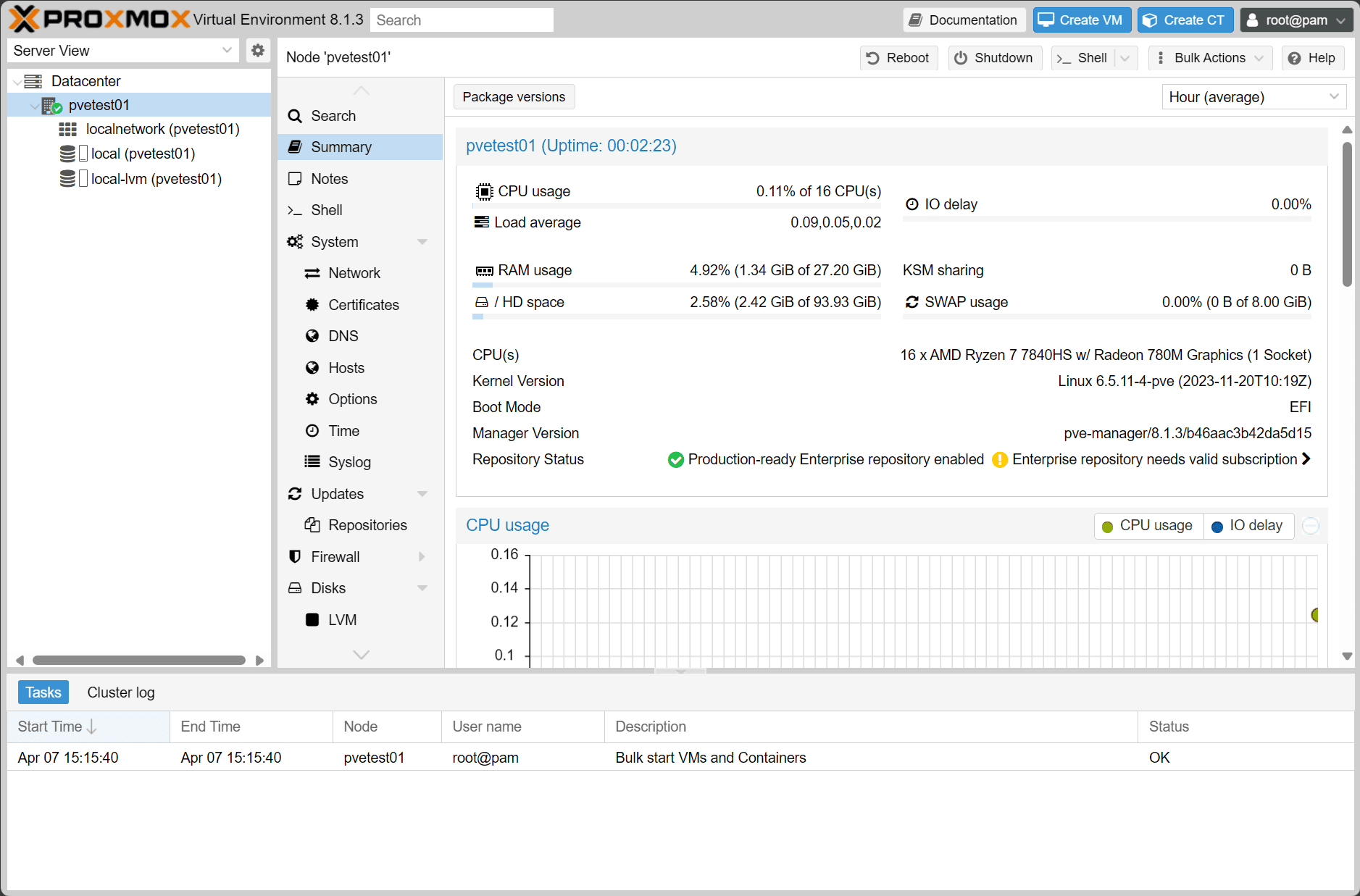
Power consumption
Below is the power consumption of the Trigkey S7 Pro under load while booting. I saw the little mini PC idling at around 9-10 watts or so, without any VMs running.
Price
The Trigkey S7 Pro can be purchased from the following, with a US price of around $569 from Amazon for the 32 GB RAM and 500 GB storage model.
- Amazon US https://www.amazon.com/dp/B0CT8LKC14
- Amazon CA https://www.amazon.ca/dp/B0CT8LKC14
- Amazon JP https://www.amazon.co.jp/dp/B0CXSH42NN
- Amazon UK https://www.amazon.co.uk/dp/B0CT58R5X9
Pros and Cons of the Trigkey S7 Pro
Pros of the Trigkey S7 Pro:
- Uniform processor with the AMD Ryzen 7 7840HS
- DDR5 5600 which means you can go 48 GB modules for 96GB of RAM
- 8 cores and 16 threads for virtualization
- Intel I-226V 2.5 GbE network adapter
- (2) M.2 NVMe drives
- Installs VMware ESXi and Proxmox perfectly
Cons of the Trigkey S7 Pro:
- Only 1 network adapter
- Price – the S7 is not cheap
Wrapping up
The Trigkey S7 Pro is a great little mini PC that I found to be a great option for a home lab server. It provides a great model for choices for your hypervisor. Since it contains the uniform AMD Ryzen 7 7840HS with 16 threads and an Intel network adapter, you can install VMware ESXi and Proxmox without issue. This gives home labbers options. Also with the two M.2 slots, it has great storage options for a hypervisor that can even be used with distributed storage solutions. You can also get away with 96GB of RAM with this one (I haven’t tested this, but this configuration has worked in all the DDR5 dual-slot RAM configurations.


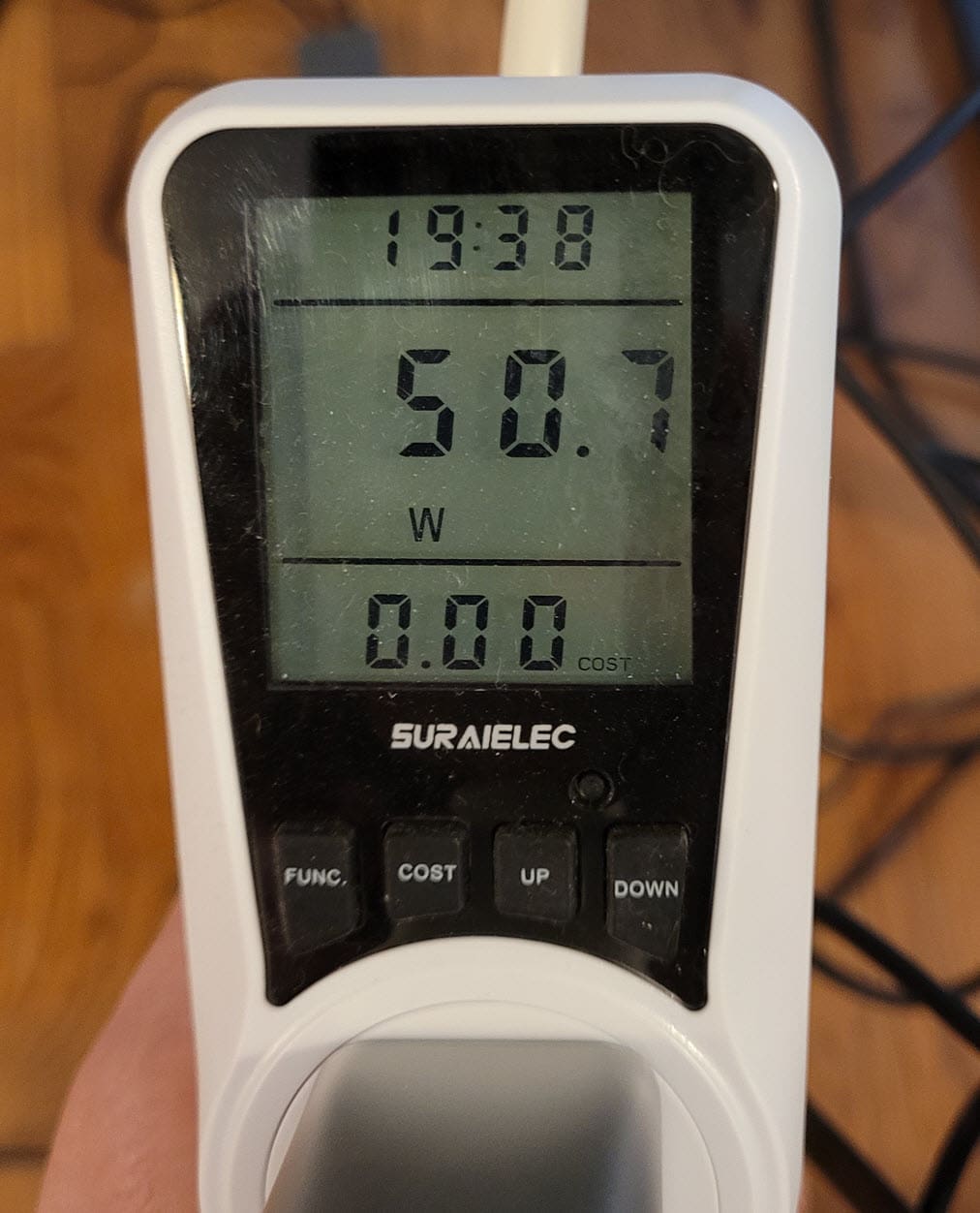


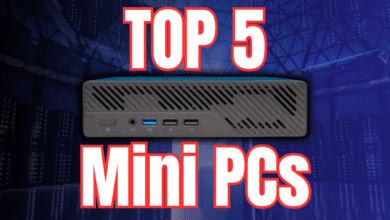
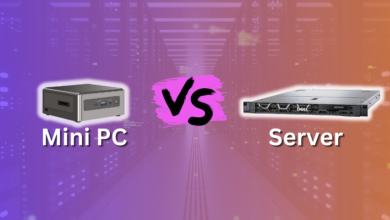
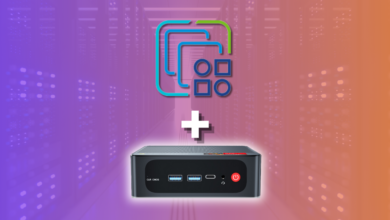
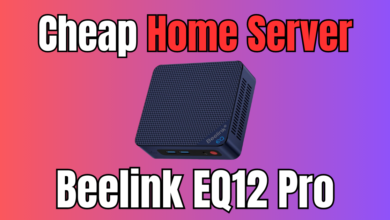


Did your mean DDR5 5600?
If so, I’d be interested to know if it would run 2x 48GB DDR5 SODIMMs.
Kel,
Great catch! Yes, this unit does in fact have DDR5 modules. I haven’t tested 48 GB modules in it. However, I will say that I haven’t had any issues with the mini PCs I have tested capable of DDR5 bumping up to 96. I have updated the post.
Brandon
So this system has an internal NVMe drive already? And you added a second. This way you can install the OS (and ISOs) to the internal and use the additional one for your VM storage?
Tom,
Thank you for your comment. That is correct. It has the internal slot underneath the fan shroud and then has the M.2 connector in the SSD compartment.
Brandon
Brandon,
May I know whether the power adapter support 230VAC input supply, please?
Leo,
I am not quite sure on that to be honest. I didn’t find anything on the website listing 230, but thinking this could be an option. I will see if I can find any other information on this.
Brandon
Can this unit pass through the integrated GPU to Windows virtual machines? Or is it plagued like previous AMD APU versions? With the groupings being grouped unable to passthrough without ROMS and “tricks”. Intel just pass through and go.
SKRTEK,
I believe this would be plagued by those issues you mentioned. I haven’t been successful passing these AMD APUs. However, I haven’t really tried any of the hacky ways of doing it. There is probably a way to get it to work. I really wonder though about stability long term though.
Brandon